Liquid Lifeline: The Crucial Role of Water Management in Layer Production
While feed management is often the main focus in egg production, seasoned farmers understand that water is equally critical for the well-being and success of layer operations. Achieving a harmonious balance between feed and water management across each cycle is key, as both contribute significantly to the overall health and productivity of the flock.
Water holds significance as it aids in digestion, metabolism and regulating body temperature for poultry. In fact, birds can go longer without food than without water, underscoring the necessity of a well-designed water management system that provides consistent, hygienic and controlled hydration for the flock.
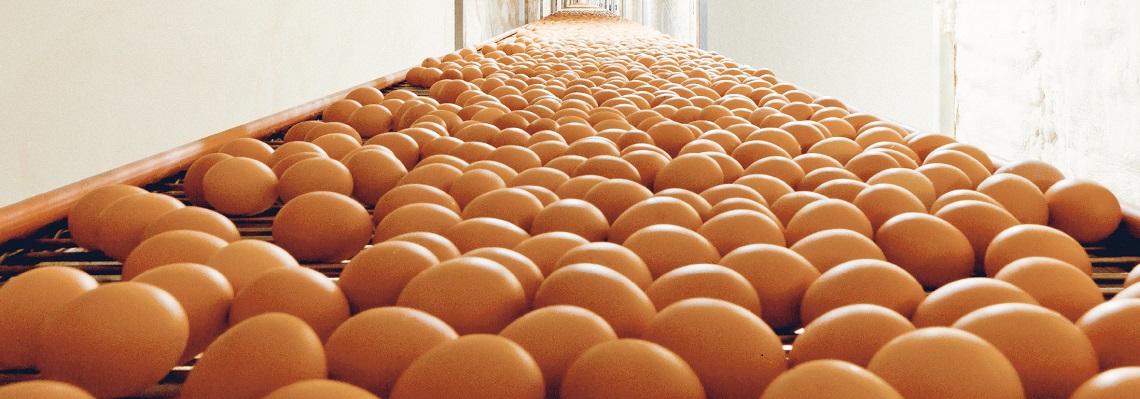
Let’s delve deeper into why water's essential for layers:
1. Hydration and Health
Insufficient water intake can lead to various health issues in layers, impacting food consumption, egg production, and the quality of eggshells.
2. Nutrient Delivery
Water acts as the transportation system, carrying essential nutrients from feed to cells. These nutrients are vital for growth, reproduction, and overall health.
3. Temperature Regulation
Layers depend on water for body temperature regulation through evaporation, crucial for reproductive performance and hatchability, especially in the face of excessive heat.
4. Digestion and Nutrient Utilization
Effective digestion relies on water availability. It aids in breaking down food, allowing layers to extract essential nutrients for growth and egg production.
5. Eggshell Formation
Water is instrumental in transporting calcium, crucial for the development of strong and healthy eggshells.
Now that we've discussed the role of water in layer growth and performance, let’s explore 10 key factors that contribute to effective water management for your layer flock:
1. Assessing Water Quality

Effective water management begins with an assessment of its quality. The water used in your egg production operation must meet industry standards, so regular testing for pH levels, contaminants, bacteria, viruses and other pathogens is important. The water should be clean, free from impurities and safe for consumption, which can be achieved by using Ultrasonic Cleaning equipment.
2. Sufficient and Convenient Water Supply
Ensure that you provide a supply of water that is easily accessible for your entire layer flock. Having many birds gathering around water sources can cause stress and cause them to drink less water. It is important to set up the number of drinkers, adjust their height and position and ensure they can hold enough water based on the size of the flock and their growth stages.
3. Monitoring Water Consumption
To keep track of your layer houses’ health and environmental conditions, it is recommended to monitor how much water the birds are consuming. By keeping records of water usage, you can spot any patterns or deviations that may indicate health issues or other problems, which will allow you to take actions promptly.
4. Water Pressure Adjustments
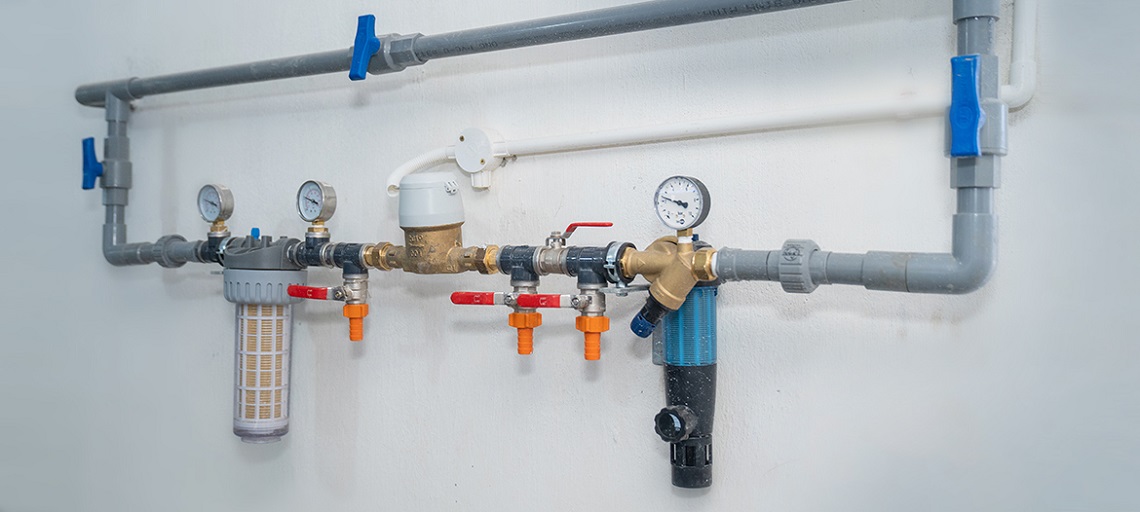
Maintaining water pressure using a proven Water Connection Unit in the drinker lines is crucial for ensuring that all drinking stations have a constant supply of water with minimal leakage. The ideal pressure varies depending on the growth phase during each production cycle. For example, chicks need lower water pressure to easily activate drinker nipples while larger birds require higher pressure to meet their greater water demands.
5. Prevent Leaks and Spills
It's important to address any leaks or spills as soon as possible as they can lead to wet litter and create a damp environment that may result in footpad dermatitis and other health issues among layer flocks. Regular inspections and maintenance should also be carried out on the system including water lines, nipples and drinkers.
6. Water Space Management
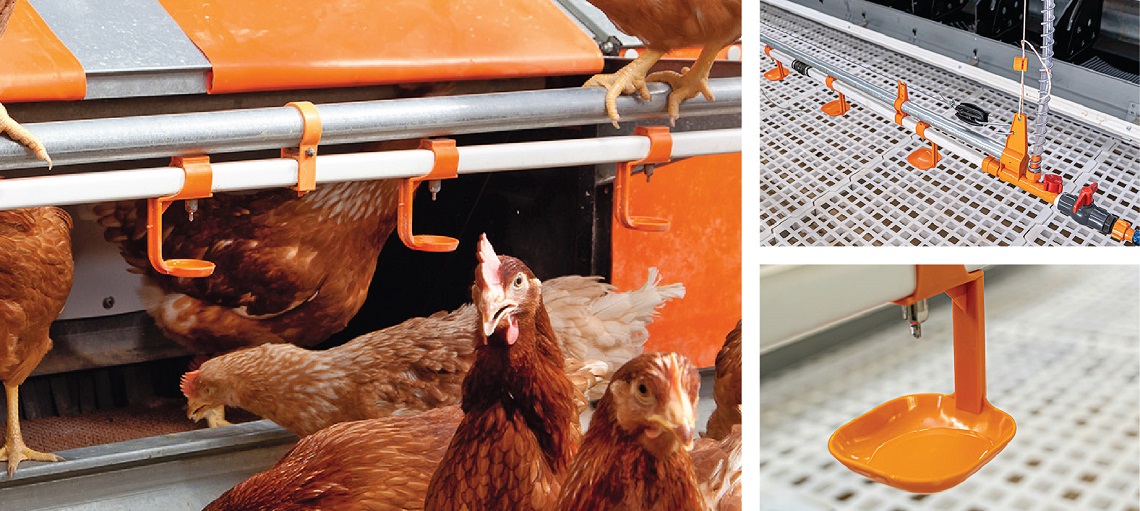
It's essential to provide enough space around the drinking areas when birds consume water, especially at peak consumption times. This ensures that all birds have access to water without overcrowding. Every layer should have space and access to reliable Drinker Nipples allowing for easy drinking without any competition.
7. Calcium Supplementation
Calcium is vital for the formation of eggshells. Make sure your layers receive adequate amount of calcium in their diet and keep an eye on their intake by supplementing it through water. Insufficient calcium can result in poor eggshell quality and reduced hatchability.
8. Sanitation and Disinfection
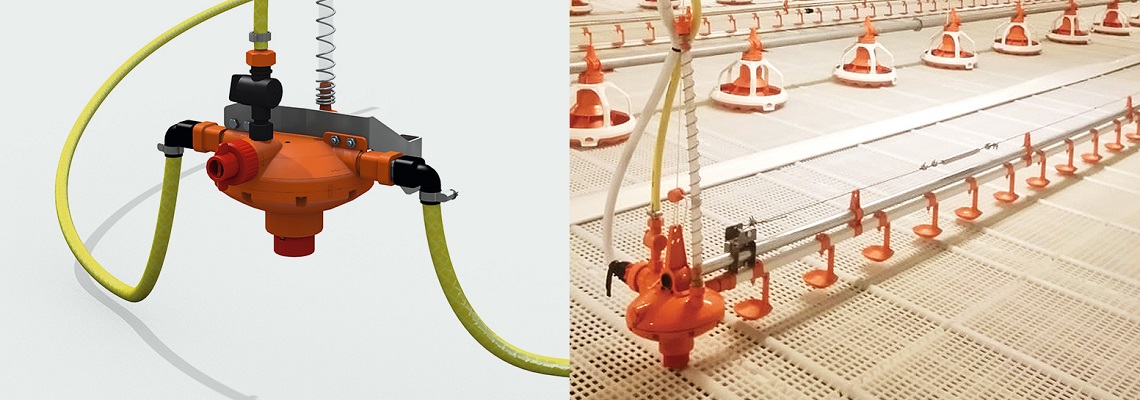
Regularly disinfect water lines and drinkers to prevent the buildup of biofilm, bacteria and other contaminants. Using equipment like Automatic Flushing systems can be helpful as they rinse drinking lines automatically at set intervals.
9. Environmental Conditions
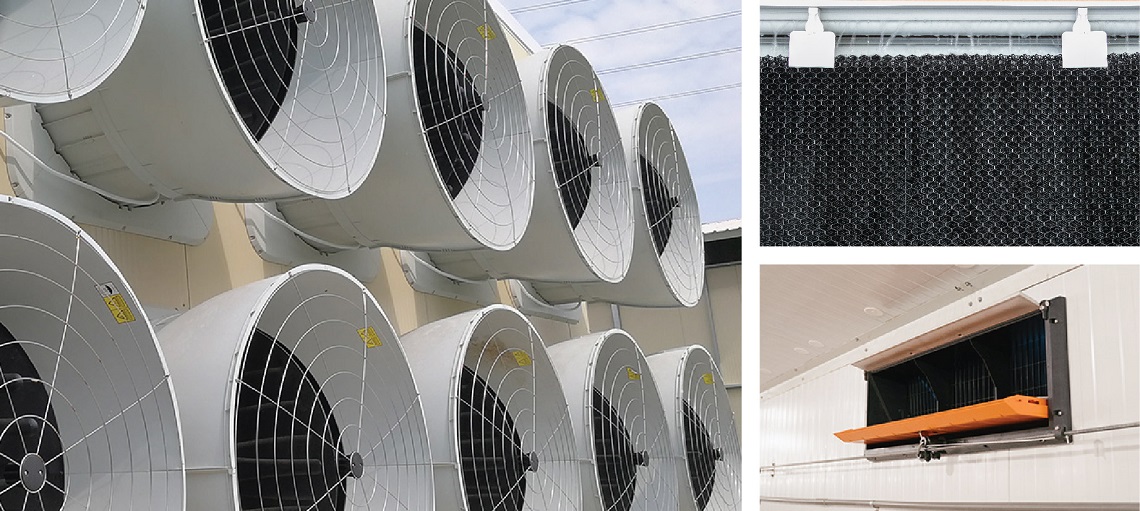
Maintain a comfortable environmental condition in layer houses to avoid heat stress, which can lead to increased water consumption and subsequently unhygienic conditions due to excessively wet manure. Ensure that your housing system is equipped with a robust climate control system capable of handling temperature fluctuations.
10. Training and Education
Training and educating your farm workforce about the importance of water management cannot be overstated. These trainings are critical to keep your personnel well-informed, while being able to identify and address water related issues specific to layers. When your team understands the significance of water in relation to layers, they can approach its management proactively and effectively.
Water management plays a role in the performance of layer flocks, although it is often overlooked. By giving priority to factors like water quality, accessibility, temperature control and sanitation measures, you can help your layer flock thrive and achieve their growth potential. This dedicated focus on water management not only promotes growth but also helps to ensure high quality egg production that will contribute significantly to the overall success of your layer operation.
Is your layer farm’s water management system on par with industry standards? Click the 'Send a Message' button below and find out how we can help.

